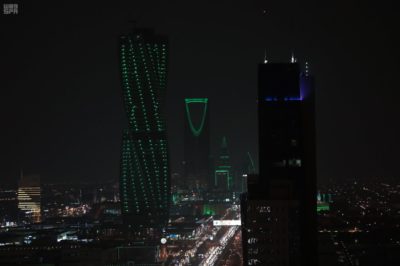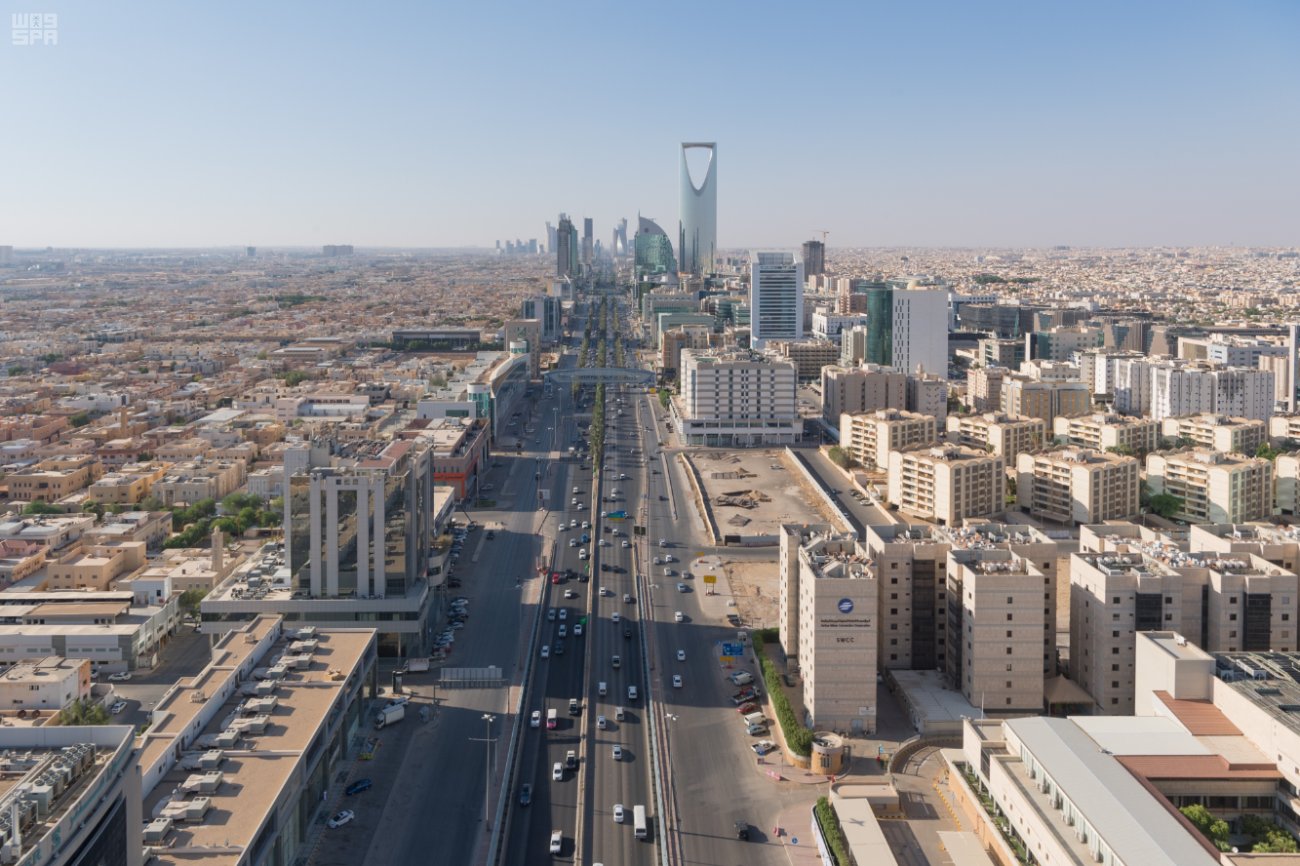The twin crises of the Coronavirus and Saudi-led efforts to stabilize the price of oil in the second quarter of this year lead to a sharp decline in the Kingdom’s government revenues, Bloomberg reports.
Saudi Arabia’s government revenue dropped by 49% in the second quarter from the same period last year, according to Bloomberg, as the Kingdom’s economy shuttered to prevent the spread of COVID-19 and significantly decreased oil production to stabilize global prices lead to the drop.
According to Bloomberg, which cited official data from the Finance Ministry, oil revenue was down 45% to 95.7 billion riyals ($25.5 billion), while non-oil revenue drawn from sources like taxes and fees declined by 55% to reach 38.2 billion riyals ($10.2 billion). Spending was cut by 17% compared with the same period last year, leaving the quarterly deficit at 109.2 billion riyals.
Saudi Arabia is starting to turn the corner on the spread of the Coronavirus, with its third consecutive day under 2,000 new cases and a consistent decline in new cases and deaths seen since late June. The Kingdom has re-opened its economy with safeguards and rules in place to prevent the spread of the Coronavirus.
Saudi Arabia also introduced a significant increase in its Value-Added Tax (VAT) to boost government revenues.
After a price war sent Brent crude oil to roughly $20 a barrel in April, the Kingdom lead the so-called OPEC+ nations to a historic production cut which has bolstered the commodities’ price. Brent oil closed today at $43.08, more than double April lows.

After Saudi Arabia drew down on foreign assets in March and April at a record clip, net foreign assets of the Saudi Arabian Monetary Authority increased again in May.
Saudi Arabia has also not relented on progress toward a more diversified economy with a “full speed ahead” attitude on projects and initiatives that comprise the Kingdom’s Vision 2030 economic reform plan. That progress was on display last week, when an online seminar held by the Ministry of Investment (MISA) and the U.S. Chamber of Commerce highlighted the Kingdom’s investment opportunities in new projects and cities being developed in Saudi Arabia.
The Kingdom has also continued apace with developments that will improve the quality of life for Saudis and citizens living in and visiting Riyadh, Jeddah, and other cities with developments that will improve transportation and highlight the cultural heritage of Saudi Arabia.
Saudi Arabia’s PIF did not slow down investments during the onset of the global pandemic, taking a new approach in investing in blue chip companies at lower valuations.
The Kingdom still has deep pockets. After Saudi Arabia drew down on foreign assets in March and April at a record clip, net foreign assets of the Saudi Arabian Monetary Authority increased again in May to $444.82 billion from $444.1 billion in April, data from the central bank reported by Reuters showed in June.
Part of that drawdown in March and April was $40 billion in cash transferred from SAMA to the Public Investment Fund to carry out investments in low-priced companies around the world.









